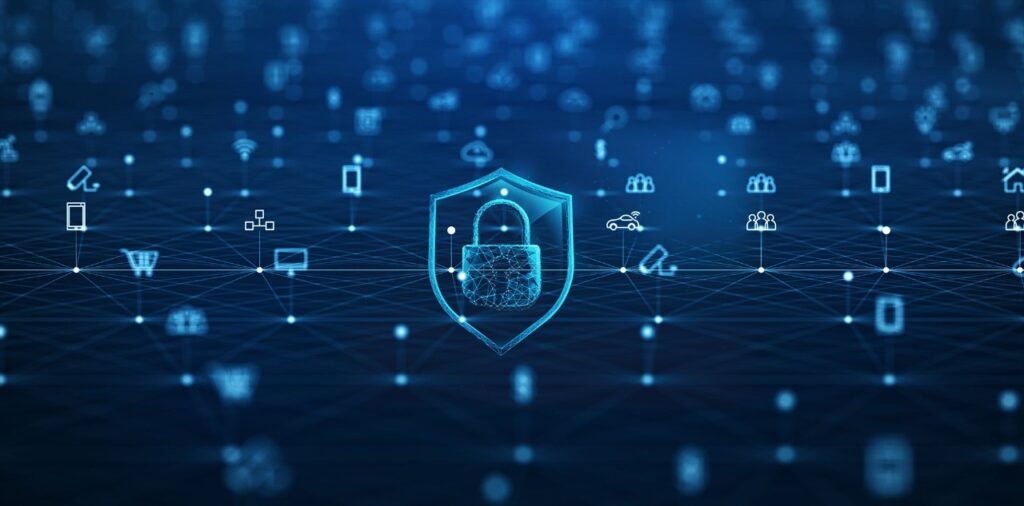
Understanding How Cybersecurity Mesh Platforms Work to Prevent Ransomware Attacks
A cybersecurity mesh architecture enables your security tools to work together and reduces risk through prioritization and eliminating gaps. It also allows a flexible and dynamic security environment.
It’s no wonder that Gartner listed cybersecurity mesh architecture as one of the top 20 strategic technology trends for 2022.
Advanced Threat Detection (ATP)
As attacks become more stealthy and targeted, ATP solutions must provide advanced protection to prevent the infection of endpoints. ATP solutions combine antivirus for network devices, malware protection systems and email gateways with centralized management dashboards, either as software or hardware appliances or through cloud services.
Unlike traditional security solutions, ATP focuses on real-time response to stop attacks as they occur rather than just looking for them after the fact. It also combines UEBA with ML to reduce false positives and ensure threat detection is always ahead of attackers, resulting in less damage to the organization and its data.
Cyberattacks enter an organization’s endpoints via websites, email, applications, and even hardware connected to the network. Strong endpoint protection requires an ATP solution to manage the attack surface, analyze files and determine if they contain malicious functionality. It should also be able to see how sensitive and valuable an organization’s data is to spot assaults that target those assets. Cybersecurity experts like Fortinet recommend these measures to prevent paying large ransomware settlements. The move to hybrid working scenarios and work-from-home (WFH) has changed the risk landscape for business operations, making employees the target of high-impact cyberattacks. While this is not new, it’s now a major concern for all organizations whether they run critical city infrastructure or have government contracts. ATP solutions help to minimize the impact by protecting employee devices with antivirus, malware detection and blocking, and threat intelligence from a single interface.
Security Information and Event Management (SIEM)
Using security information and event management, businesses may better manage cybersecurity risks.
It collects log and event data from various systems and security solutions throughout the network. It then combines and analyzes this data to identify, alert and respond to potential threats.
SIEM products are frequently used to assist in meeting industry standards and laws such as PCI DSS and HIPAA.
However, they are also useful in helping to detect advanced threats like zero-days or polymorphic malware. In addition, many SIEM vendors are adding ML and AI capabilities to their products to improve their ability to flag real-time anomalies and reduce risk across the organization.
While SIEMs can dramatically reduce the volume of alerts sent to SOC teams by data aggregation and adding context, they are still limited in effectively detecting and responding to cyberattacks. This is due to a lack of contextualized alert validation, which delivers too many false positives to SOC teams.
Additionally, SIEMs aren’t designed to provide business context for the events they alert on. This is an important feature to look for when evaluating and selecting a SIEM solution, as it enables SOC teams to quickly understand which services are being impacted by a particular threat.
Network Intrusion Detection and Prevention (NIDS)
NIDS uses network sensors to monitor network activity and look for suspicious behavior patterns. These sensors are installed at various points in the network, including routers, switches and firewalls. NIDS can be active or passive. An active NIDS can alter traffic to prevent malicious attacks, and a passive NIDS logs the activities. NIDS can also be used with a security information and event management (SIEM) system to alert an administrator or automatically report the findings of any malicious activities.
There are two basic types of NIDS: signature-based and stateful protocol analysis. A signature-based NIDS analyzes the characteristics of previous attacks to recognize future ones. It identifies attack patterns by examining data in packet headers, such as byte sequences and known malicious instruction sequences. A signature-based NIDS can immediately detect a new threat’s onset using these patterns.
However, hackers have developed ways to evade detection. Attackers use IP address spoofing to hide their true location and fragmentation to break up packets so they can’t be recognized. This makes it difficult for a signature-based NIDS to detect a coordinated attack or a network scan. This type of evasion can be combated by stateful protocol analysis, which uses temporary information about how your network normally operates and compares new events to it.
Endpoint Detection and Response (EDR)
A good EDR solution should flag and evaluate suspicious files quickly, providing a real-time view of the status of each file. It should also be able to contain threats that may have slipped past the firewall and prevent ransomware from encrypting valuable data and spreading across the network. EDR should also be able to detect fileless attacks by analyzing the behavior of processes in memory and identifying anomalous activity.
EDR also helps protect against the human element of cyberattacks, as it can identify indicators of compromise and exploitation that would otherwise be missed by traditional antivirus software. This includes insider threats, attacks that use compromised credentials to gain access to the network, and common social engineering techniques used by hackers.
In addition to continuously monitoring endpoint devices, EDR also leverages data from threat intelligence services, which deliver continually updated information about new and emerging cyber threats — including their tactics, the IT infrastructure vulnerabilities they exploit, and more. EDR requires a software agent to be installed on each device in your network and connect to a central database to work properly. This allows the system to record all events and activities on each endpoint in real-time while allowing users to continue working. EDR can then analyze, detect, investigate, and alert the security team to potential risks.
